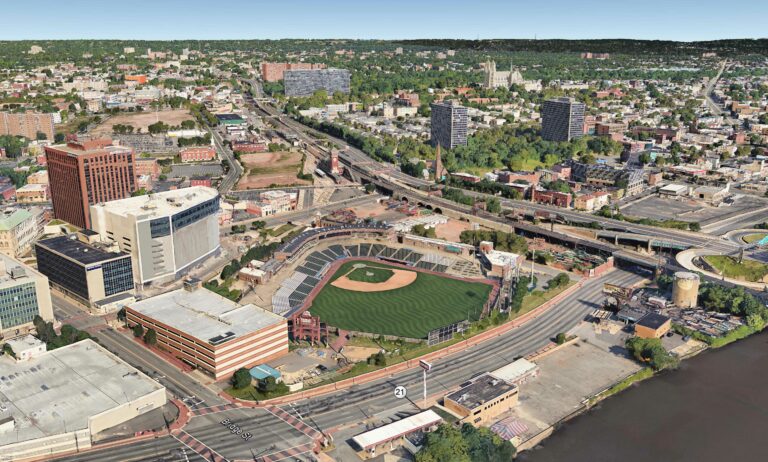MEDIA CONTACT: Cheryl McCants, cmccants@eimpactconsulting.com, 973-337-2028, 646-872-2377
Newark, NJ Passes Innovative Environmental Justice Ordinance
Historic Legislation Tackles Environmental Injustices and Promotes Sustainable Development
July 13, 2016 – NEWARK, N.J. — Mayor Ras J. Baraka announced today a major milestone in urban development and revitalization – New Jersey’s most progressive environmental justice ordinance. The Newark City Council passed bold legislation that requires developers requesting environmental permits to inform the City of any environmental impacts. This information is to be submitted to the City’s Environmental Commission along with the developer’s initial site-plan application so that the Commission can advise the Central Planning Board, Zoning Board of Adjustment and the public of any possible “cumulative pollution impacts.”
Typical urban pollution sources are runoff water from buildings, streets and sidewalks, automobile tire wear and exhaust fumes and wind-blowing debris from roofs, road work, sidewalks and undeveloped areas. Advance knowledge of these types of pollutants will assist in the development of a healthy and sustainable city.
“We hope to set a national precedent for urban revitalization that takes into account health impacts,” said Newark Mayor Ras J. Baraka. “This is an important step forward for environmental justice. The City Council passed innovative environmental legislation to help reduce pollution in our City that not only impacts Newarkers, but protects the health of the hundreds of thousands of children and adults that travel through our streets, airport and seaport. I am glad that we were able to come together as a community and enact change for a more sustainable and vibrant future.”
Newark is subject to a concentrated amount of environmental pollution due to its dense transit network including a major airport and seaport, industrial uses, and waste and sewer treatment facilities. The City is home to the largest trash incinerator in the Northeast and the 2nd largest port in the nation with 7,000 trucks making an estimated 10,000 trips daily. Additionally, school-age children in Newark have double the state and national average rate (25%) for asthma, resulting in missed school days and high medical bills. This ordinance will help move the city in a healthier direction without slowing or impeding economic development.
“This is the first ordinance in the state to address the cumulative impacts of harmful pollutants with such proactive measures,” said Deputy Mayor Baye Adofo-Wilson. “We appreciate the hard work of all advocates who pushed for this legislation, and look forward to working with developers as we implement the process.”
The legislation directs the Newark Environmental Commission to establish a baseline for environmental conditions. It seeks to address the environmental injustices that have led to unhealthy, concentrated levels of pollution in the region’s poorest communities, particularly in Black and Latino neighborhoods. The legislation was drafted and proposed to Newark officials in 2012 by the New Jersey Environmental Justice Alliance and allied organizations, including local groups such as Ironbound Community Corporation, Clean Water Fund, and the Newark Environmental Commission. Over the course of several years, advocates worked with staff and attorneys from the City to produce the final draft. Passage of the ordinance was included as one of the commitments in Mayor Baraka’s transition plan.
“This historic Environmental Justice and Cumulative Impacts ordinance is a reflection of the deep commitment of the residents of this great city and environmental justice advocates from Newark and around the state who worked tirelessly to protect their communities from pollution,” said members of the New Jersey Environmental Justice Alliance and the Newark Environmental Commission. “The ordinance signals that the City of Newark is a leader in environmental justice and is a step closer toward ensuring that all residents have the right to a clean, healthy and sustainable environment. We hope this tool for better decision-making about environmental stressors in communities of color and low-income communities will serve as a model for other cities throughout New Jersey.”
–NEWARK–



